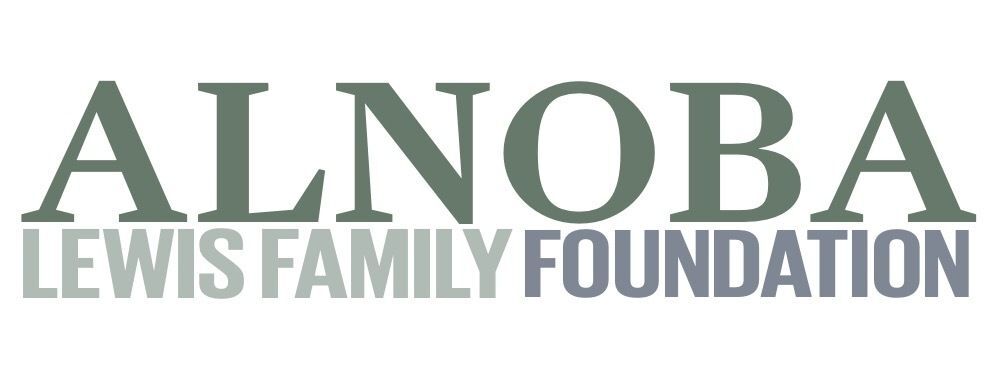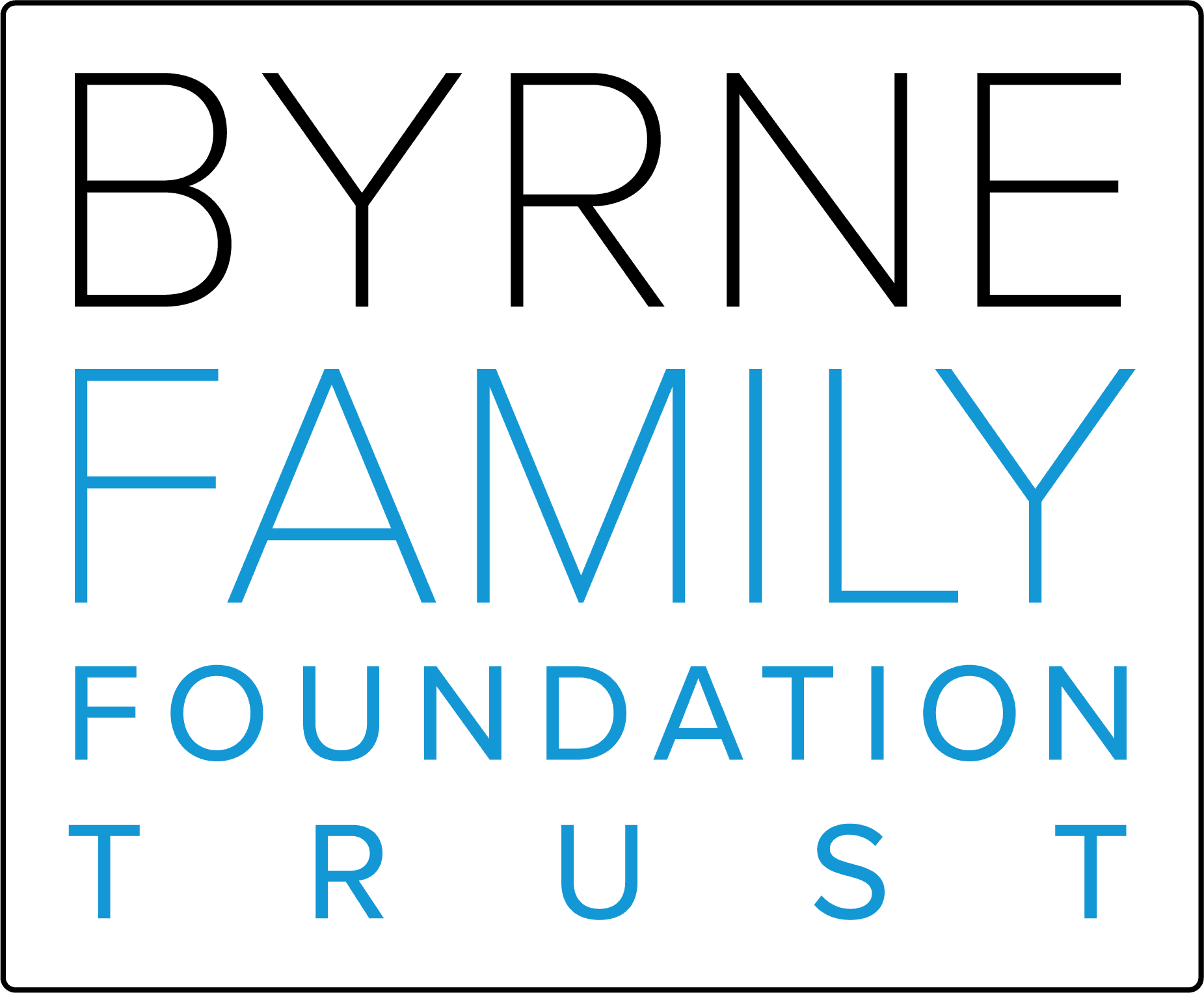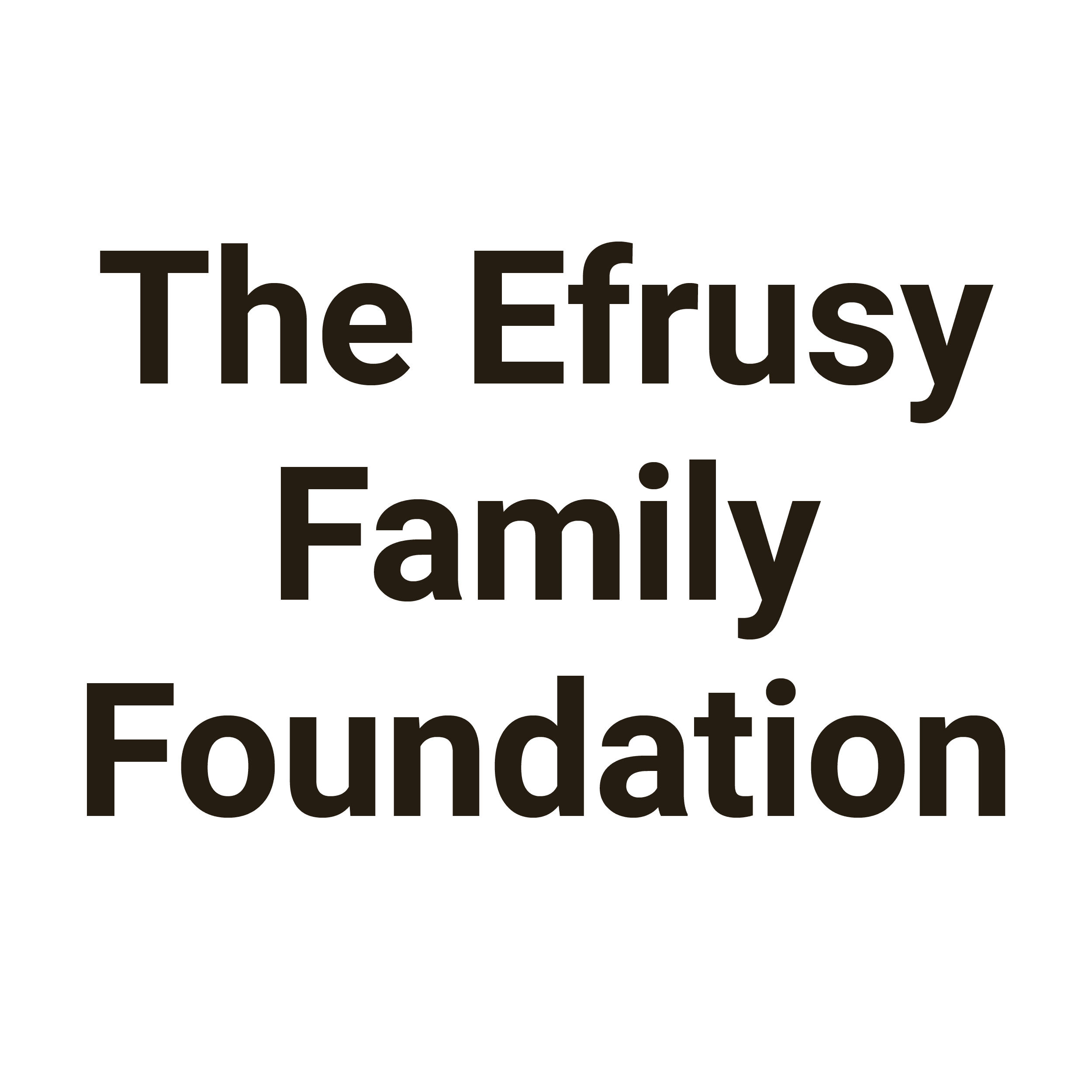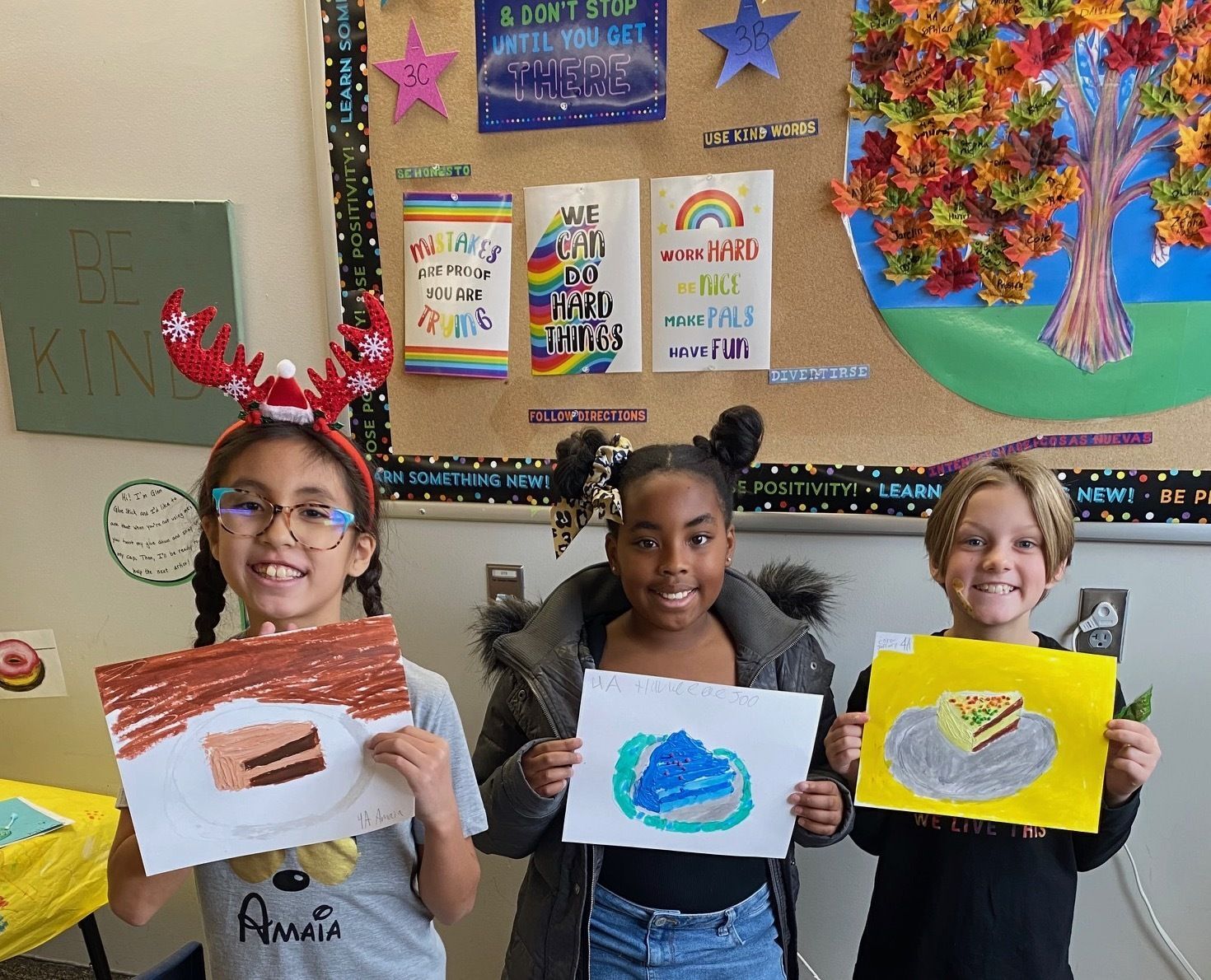
“Art is about exploration and being little scientists,” Lucia Ferrazzoli said with a smile.
Lucia, in her second year as the Elementary Visual Arts (EVA) teacher at McPolin Elementary School, needed no prompting to explain.
“Art helps students learn processes for things like control - for instance, with immediate gratification. In art, when you see something done by someone else and are inspired by it - you might feel pressure to have that skill immediately.”
To accommodate this instinct, Lucia ensures that experimentation and creativity are baked into how she teaches. Her method also strengthens students’ problem-solving muscles.
“They see a different artist every month, and I show them my art to show that I have a certain method and approach. That shows them that it’s about exploration and being those little scientists – it’s about creating your own process with problem-solving,” Lucia said. “I put emphasis on kindness and support. It’s a journey and there will be mistakes along the way - and that is a part of art.”
She continued, “when you encounter a problem - are you crushed by it or will you keep going to figure it out? I have a lot of students who start a project with one thing in mind… Then they'll get really excited, even the really little ones, by a challenge they are able to overcome.”
It’s not painting with a broad brush to say that art is good for just about everybody. Study after study demonstrates its powerful impact: art increases visual, social, emotional, and interpersonal learning; it has benefits for mental health and brain elasticity. It also provides smoother access to STEM by making topics more approachable and engaging.
WHEREFORE ART THOU?
Art funding was erased from Utah’s elementary curriculum in the 1980s - but the litany of benefits it has for our children is why PCEF, parents, the school district, and the Kimball Art Center came together in 2012 to create the EVA.
As one of PCEF’s 8 Signature Initiatives, it’s offered to all elementary schools; McPolin, Parley's Park, and Trailside participate.
“Park City Education Foundation is so critical,” Lucia said. ”To be able to have the standard of curriculum that EVA has - the funding is integral.”
Having the budget to teach art is one thing. Having the freedom to make informed decisions about how it’s taught raises the bar still further.
“It really is about the integrity of the lessons,” Lucia explained. “Making sure we have the best level of materials - we’re not just using computer paper. We’re using mixed media materials so students can get great results. Thanks to PCEF, we have access to that.”
Lucia’s example paints the perfect picture of why PCEF funds these educator-powered initiatives - and how they inspire all students to successfully reach their academic and lifelong potential.
“Having that trust from PCEF - knowing I have enough funding so that all of the students feel their art matters and they have what they need to get the results that they want is exciting. When I’m prepared and have what they need for success, I have the energy and they connect to it - and then, they can connect to and feel proud of their work.”
So, while art isn’t a science, there is a science of art - and it impacts our children in every single class, every single day.
Program note - the Kimball Art Center writes the curriculum and provides supplies. PCEF provides funding for all other program costs.
_____
One of our favorite Scholar Circle events - ever - is coming up on January 26th: the EVA program’s virtual Grandparent-Grandchild art lesson.
Open to any Scholar Circle families, the event is a fun and joyful experience as your children and your parents connect over art. Scholar Circle families or interested families may register here.
